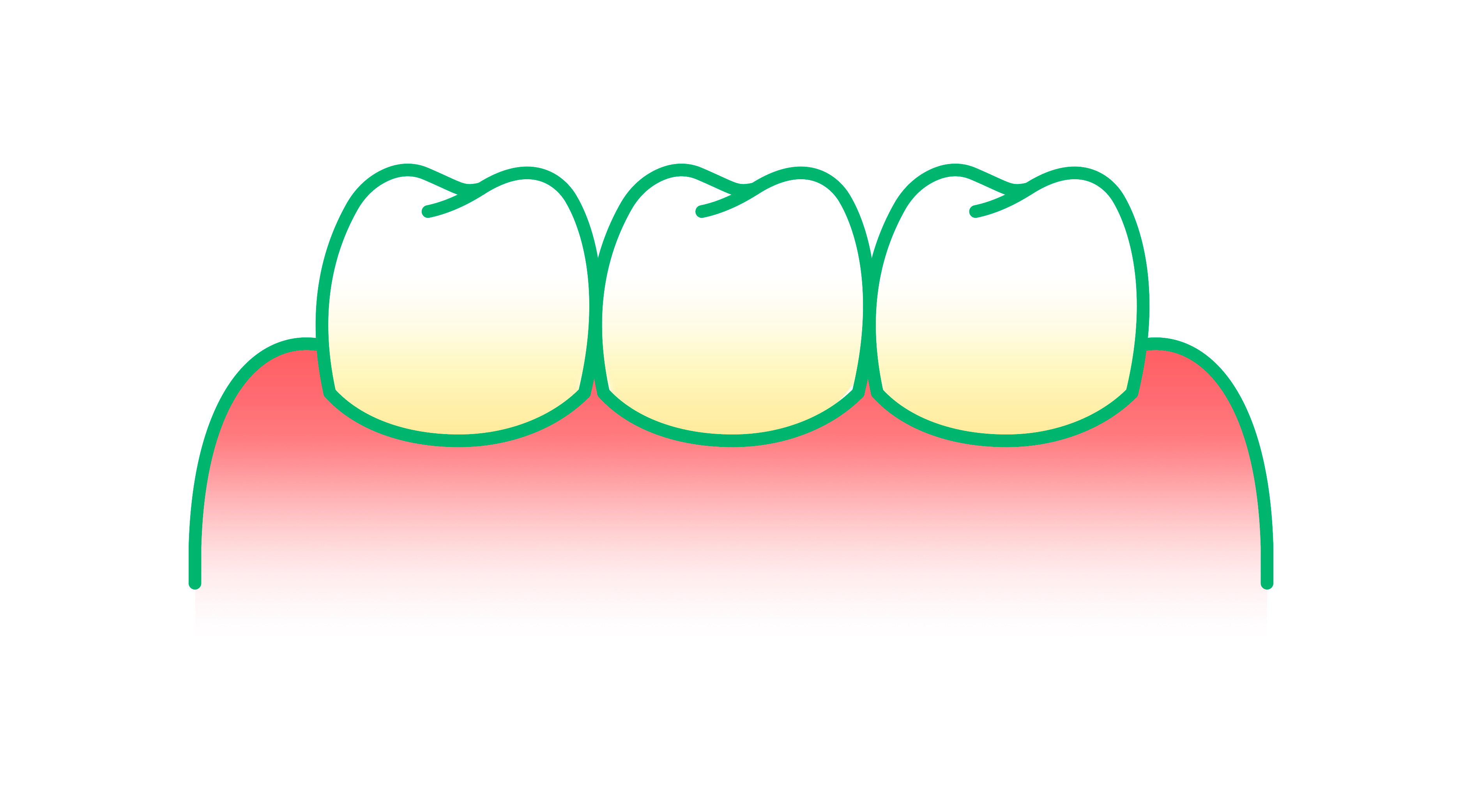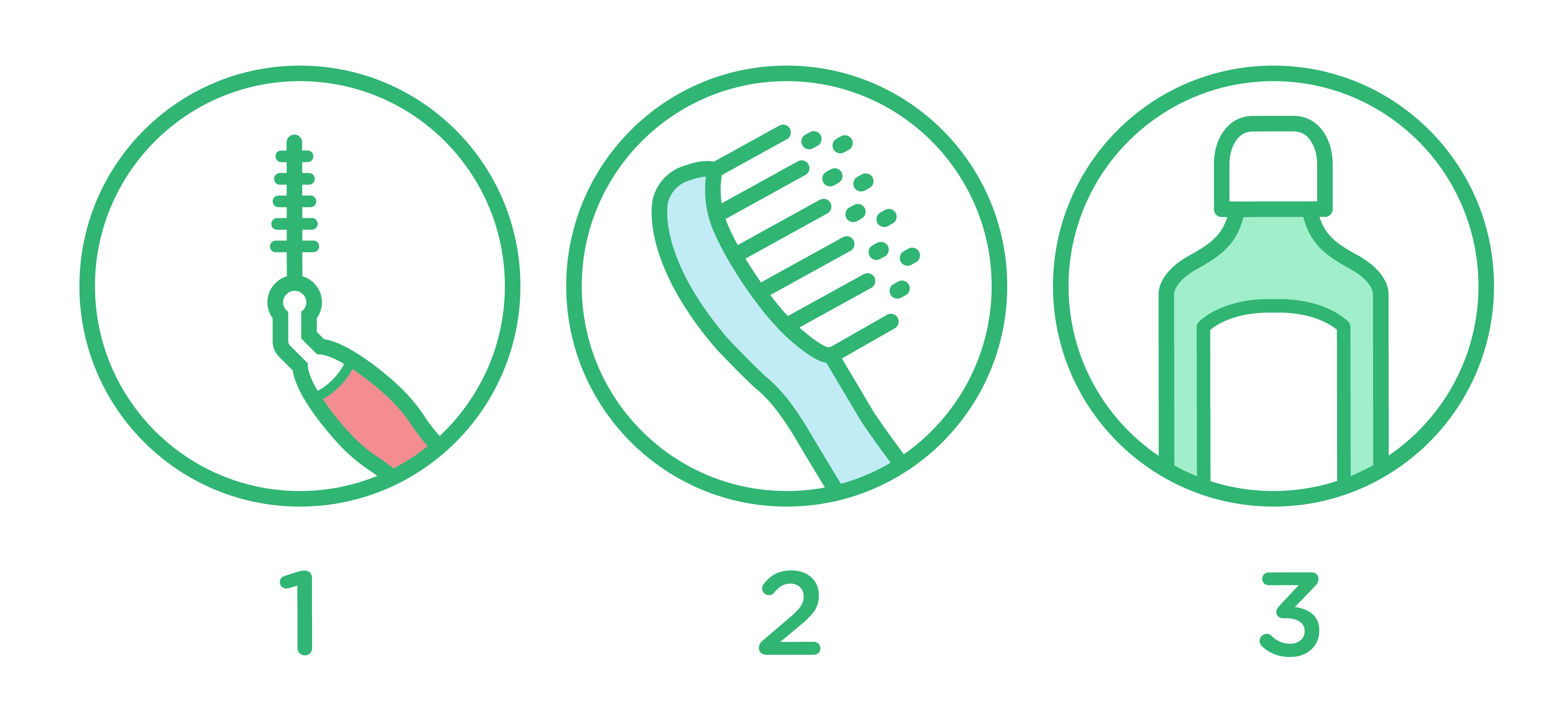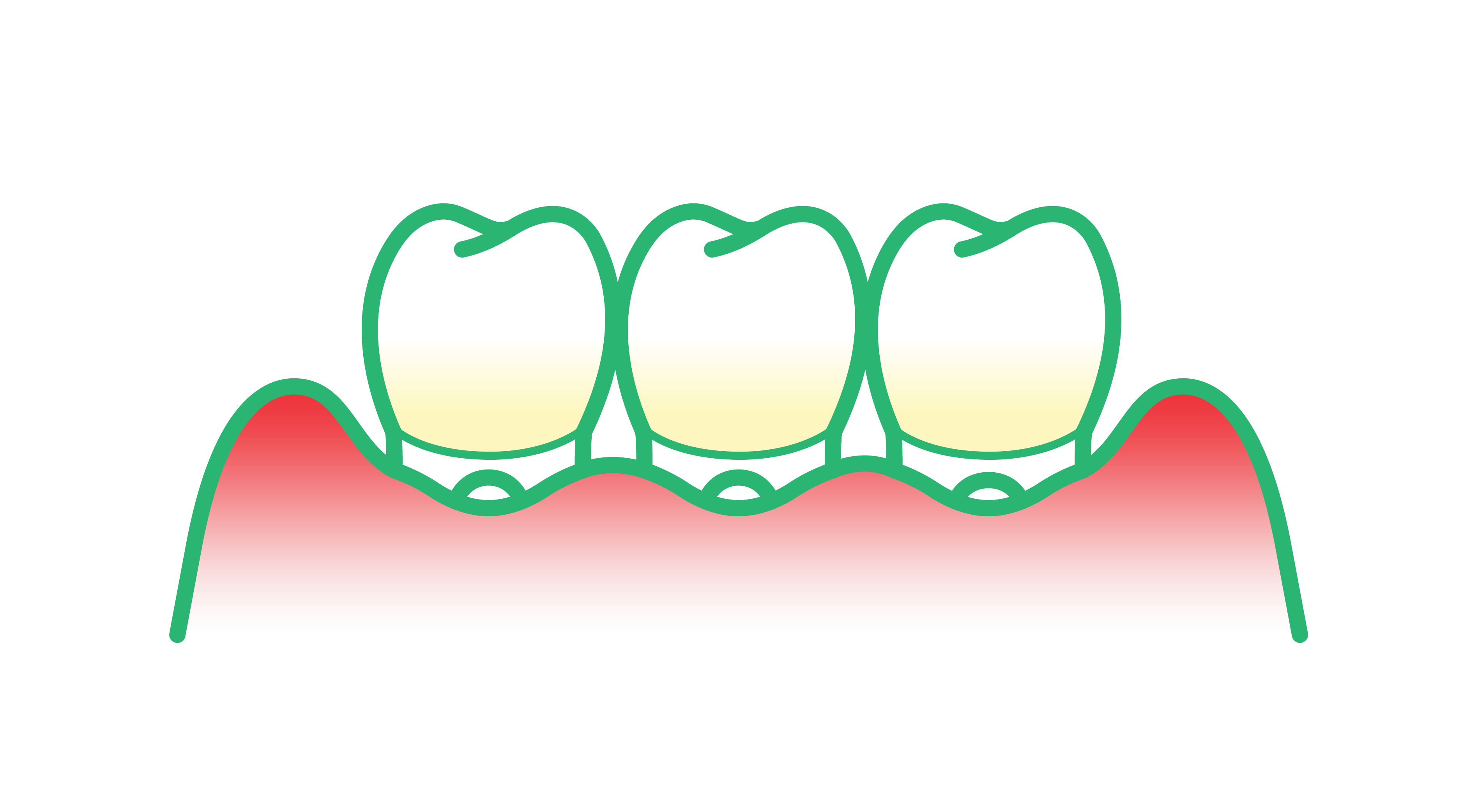
The Difference Between Sensitive Gums, Sore Gums, Gingivitis, and Gum Disease
Gum sensitivity and soreness are common issues, but they shouldn’t be ignored. Recognizing and addressing these early warning signs is an essential part of preventive oral care.
How can you distinguish between occasional gum sensitivity and more serious conditions like gum disease? It begins with understanding the differences between sensitive gums and the key signs of gum disease.

Sensitive and sore gums
The most common form of gum sensitivity is slight soreness, particularly during or shortly after brushing your teeth. This type of sensitivity is usually not serious, especially if it’s localized, infrequent, resolves within a few minutes, and isn’t accompanied by swelling or discoloration.
Several factors can cause gum sensitivity, including:
Improper technique when brushing or cleaning between teeth
Brushing your teeth too vigorously, flossing with excessive force, or using interdental brushes or picks incorrectly can harm your gums. While this may cause temporary irritation, over time, it can lead to more serious issues, such as receding gums or gum disease.
Not sure if you’ve got the right technique down? Don't worry, we've got you covered with these helpful guides:
Brushing with bristles that are too stiff
Toothbrushes with stiff bristles can irritate gum tissue. Prolonged use of these brushes increases the risk of gum lesions and dentin wear, both of which contribute to heightened tooth sensitivity.
If you use a toothbrush with stiff bristles, switching to a brush with softer bristles may help address your sensitive teeth and gums. Soft-bristled brushes are just as effective and are much gentler on gums and teeth.
For more information on finding the right tools to suit your oral care needs, check out our guide on how to choose the right toothbrush.
Gum disease
Sensitive and sore gums can be an early sign of gum disease, especially if accompanied by inflammation.
Bacterial buildup is a leading cause of gum inflammation (red, swollen, and sore gums). When bacteria accumulate along the gum line, it irritates the gums and causes swelling and soreness. Over time, this bacteria can even get under the gum line, where it is harder to remove. If left untreated, this ongoing issue can develop into gum disease, with gingivitis being one of the first signs of its progression.

Gingivitis: When gum disease starts to show
Gingivitis, the earliest stage of gum disease, is not always painful, which can make it difficult to identify.
The most common symptoms of gingivitis are a persistent redness and swelling of the gums. If you notice gum soreness for several minutes after you brush your teeth, check your gum line. If any part of your gums look swollen, you may be developing gingivitis.
Bleeding gums after brushing or flossing is also common during the early stages of gingivitis.
Remember: under no circumstances is gum bleeding normal.
If your gums don’t stop bleeding when you brush your teeth, even after a week of attentive oral care, consider visiting your dentist as soon as possible. Ideally, though, you'll catch any issues before bleeding occurs with your twice-annual preventive visits.
When you visit, your dentist will likely explain that the bleeding is due to improper gum care.
Though there are many other potential causes of gingivitis (e.g., drugs or pregnancy), improper care is by far the most common.
As mentioned, many people avoid brushing around their gums when they experience irritation or bleeding, when they should be brushing more and better to remove plaque buildup along the gumline.
The good news is that this stage of gum disease is relatively minor, reversible, and can be easily managed with proper at-home treatment.
The key difference between gum soreness and gingivitis is that, even in its earliest stages, gingivitis will not go away on its own.
Following a complete daily dental care routine will help remove plaque and relieve symptoms.
To effectively manage gingivitis, you should:
- Clean at least once per day between all teeth, paying attention to hard-to-reach areas
- Brush twice a day using a soft-bristled toothbrush to soothe sensitive gums
- Use specialized anti-gingivitis products, such as mouthwash or toothpaste
- Visit your dentist twice a year for a cleaning and exam
Though it may seem minor at this stage, be sure to take any signs of gingivitis seriously. If left untreated, gingivitis can worsen and become more difficult to treat, posing a much greater risk to your health and well-being.

Periodontitis: When gum issues become serious
If gingivitis is left untreated, it can evolve into the later stages of gum infection: periodontitis. In addition to severe gum irritation, bleeding, pain or sensitivity, you may experience loose teeth, tooth root exposure, bad breath, and/or identifiable pockets (spaces that fill with plaque) between the gums and teeth. This is a condition you definitely want to avoid!
Unfortunately, when gum disease reaches this phase, the supporting structures around your teeth have already been damaged, and this damage is irreversible. As a result, more invasive procedures and extensive routine at-home care are necessary to manage the problem. Understanding the severity of the disease and the importance of treatment is crucial to minimizing bone loss and, ultimately, tooth loss.
In-office dental treatments are necessary to treat periodontitis, including tooth scaling and root planing to remove plaque from pockets and make the disease more manageable.
Your dentist may also recommend antibiotics. For people with more advanced bone and gum degeneration, surgical treatments targeting gum pockets and bone loss may be necessary.
Routine dental visits are also essential to monitor disease progression and implement new treatments when needed.

Preventative dental care is the key to disease prevention
There is a clear path from gingivitis to periodontitis: gum disease is progressive! A holistic approach to gum disease prevention not only benefits your oral health but also your overall health. While poor oral hygiene is the most common cause of gingivitis and a primary factor for gum degeneration, other factors may increase your risk, such as:
- Smoking
- Diet
- Systemic diseases, such as diabetes
- Family history
- Pregnancy
Even healthy people with good brushing habits can develop gum disease as they age or due to other life factors (e.g., stress).
For these reasons, it's important to be aware of the warning signs of periodontitis and implement preventative measures as early as possible. With proactive attention, you can prevent gum disease from progressing.
Learn more about GUM® products and how they can help protect your gums from disease.





